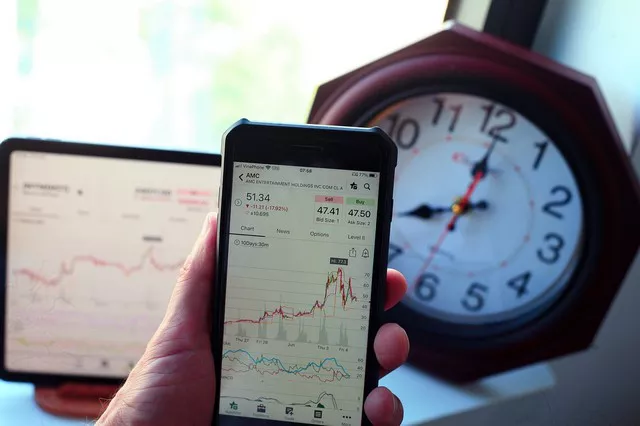Nifty futures, based on the Nifty 50 index, are widely traded derivatives in India. Monitoring Nifty futures is essential for investors and traders looking to gain insights into market trends and make informed decisions. In this comprehensive guide, we will explore step-by-step methods to effectively check Nifty futures, empowering you to navigate the dynamic world of Indian stock markets with confidence.
Understanding Nifty Futures
What are Nifty Futures?
Definition: Nifty futures are standardized contracts that allow traders to buy or sell the Nifty 50 index at a predetermined price and future date.
Index-Based Trading: Nifty futures provide exposure to the broader market movement and allow speculation on the future direction of the Nifty 50 index.
Key Features of Nifty Futures:
Contract Size: Determine the value of the Nifty index multiplied by the lot size specified by the exchange.
Expiry Dates: Take note of the various monthly expiration dates for Nifty futures contracts.
Margin Requirements: Understand the initial margin and maintenance margin required to trade Nifty futures.
Checking Nifty Futures Prices
Visit Financial Websites:
Reputable Financial Portals: Access trusted financial websites like NSE (National Stock Exchange) or BSE (Bombay Stock Exchange) to check Nifty futures prices.
Market Watch Section: Locate the Nifty futures contract under the derivatives section and monitor the current bid and ask prices.
Utilize Trading Platforms:
Online Trading Accounts: Open an account with a reliable brokerage firm offering access to Nifty futures trading.
Trading Platforms: Utilize the trading platform provided by your broker to track real-time Nifty futures prices and view depth of market information.
Follow Real-Time Data Feeds:
Data Service Providers: Subscribe to real-time data feeds from reputable financial data service providers.
Data Terminals: Install data terminals like Bloomberg or Reuters, which offer comprehensive market data, including Nifty futures prices.
Analyzing Nifty Futures Charts
Select a Suitable Timeframe:
Intraday Trading: Use shorter timeframes (e.g., 5-minute or 15-minute charts) to analyze intraday price movements and identify short-term trading opportunities.
Swing Trading or Positional Trading: Opt for longer timeframes (e.g., daily or weekly charts) to assess broader trends and make medium to long-term trading decisions.
Apply Technical Indicators:
Moving Averages: Use moving averages to identify trend directions and potential support or resistance levels.
Oscillators: Utilize oscillators like RSI (Relative Strength Index) or MACD (Moving Average Convergence Divergence) to identify overbought or oversold conditions.
Chart Patterns and Candlestick Analysis:
Support and Resistance Levels: Identify key support and resistance levels on the Nifty futures chart to determine potential entry or exit points.
Candlestick Patterns: Study candlestick patterns to identify potential reversals or continuation signals.
Monitoring Market News and Events
Stay Updated with Economic News:
Economic Indicators: Keep track of important economic releases, such as GDP growth, inflation, and interest rate decisions, which can impact Nifty futures prices.
Corporate Announcements: Monitor news related to Nifty 50 index constituents, including quarterly earnings reports and significant corporate developments.
Analyze Market Sentiment:
Market Commentaries: Read market analysis reports and expert commentaries to gain insights into market sentiment and trends.
Social Media and News Aggregators: Follow relevant market-related accounts and utilize news aggregators to stay informed about real-time market developments.
Engaging with Technical and Fundamental Analysis
Technical Analysis:
Trend Analysis: Determine the overall trend of Nifty futures using trendlines, moving averages, and other technical tools.
Support and Resistance Levels: Identify significant support and resistance levels to anticipate potential price movements.
Fundamental Analysis:
Economic Factors: Consider macroeconomic factors, such as GDP growth, interest rates, and government policies, to assess the broader market environment.
Company Performance: Analyze the financials, earnings reports, and news related to Nifty 50 index constituents to evaluate their impact on Nifty futures prices.
Conclusion
Checking Nifty futures is a vital aspect of market participation for investors and traders looking to gain insights into market trends, gauge sentiment, and make informed decisions. By following the comprehensive steps outlined in this guide, you can effectively monitor Nifty futures prices, analyze charts, stay updated with market news, and engage with technical and fundamental analysis. Empower yourself with the knowledge and tools necessary to unlock the potential of Nifty futures and navigate the dynamic landscape of Indian stock markets with confidence.


